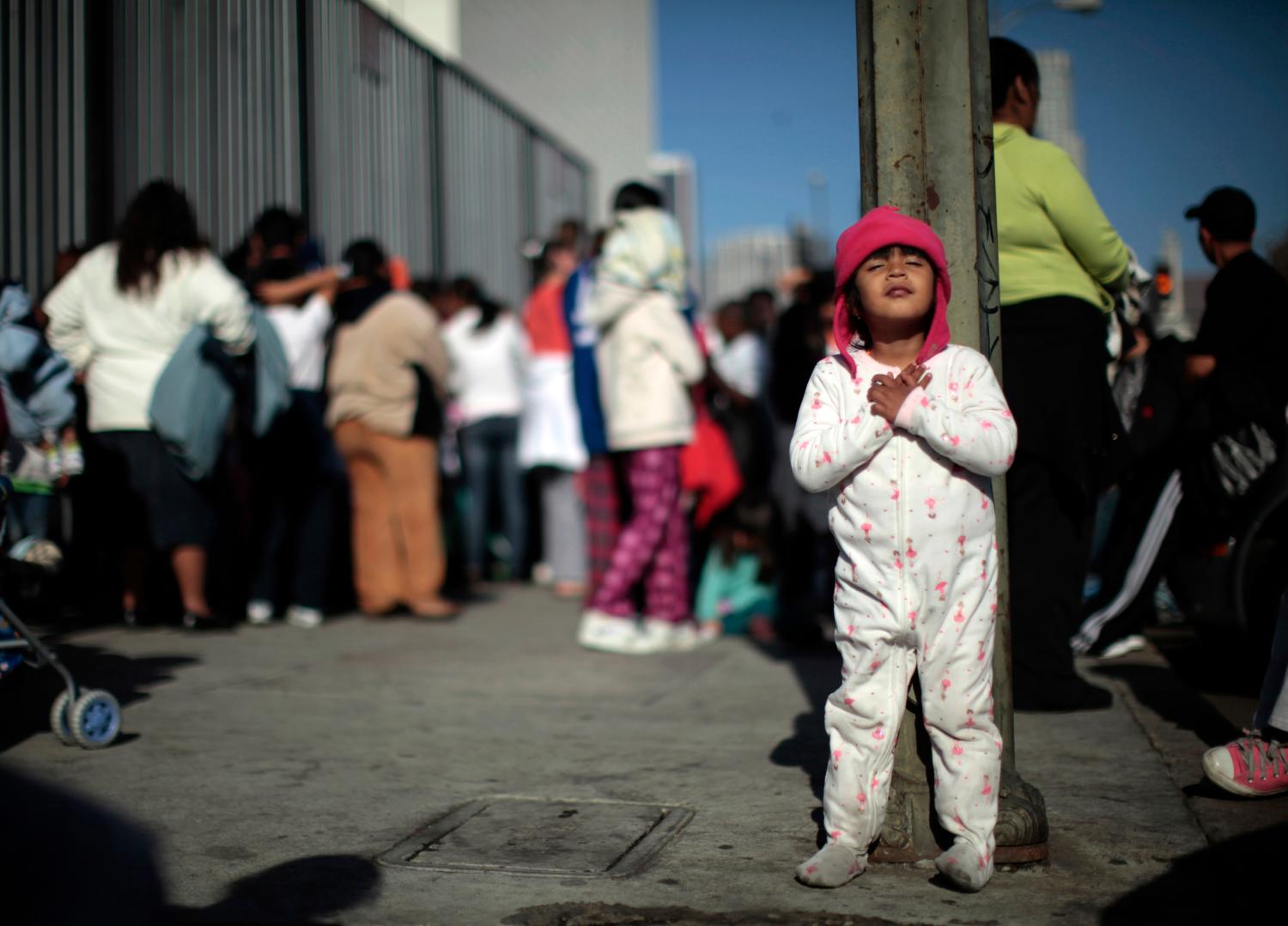Editor’s Note: In a chapter from Investing in What Works for America’s Communities, Alan Berube discusses the changing characteristics of U.S. poverty, and how they influence community development efforts for populations most in need.
The product of a joint project between the Low Income Investment Fund and the Federal Reserve Bank of San Francisco, Investing in What Works for America’s Communities offers a collective account of new visions, strategies, and organizational examples surrounding community development for disadvantaged populations in the post-recession economy—highlighting the importance of people and place.
Much of the growth in unemployment during the Great Recession was thus concentrated among less-skilled, lower income, disproportionately minority individuals. It may take some time before the U.S. economy can generate job and wage growth sufficient to connect very low-income families to work, and eventually pull them out of poverty.
Community development gained currency over 40 years ago as a response to a particular set of challenges, affecting a particular set of people and places. From the Ford Foundation’s Gray Areas programs in the early to mid-1960s, to President Johnson’s Model Cities program, to grassroots community empowerment programs that grew out of the civil rights movement, community development focused the bulk of its early attention on inner-city, African American neighborhoods, particularly in the wake of urban riots in the late 1960s. While these new programs and community development corporations experimented with diverse tactics, the movement’s early leaders gravitated toward affordable housing and local economic development as key levers to attract private capital to help improve low-income neighborhoods, provide better opportunities for their residents, and reduce poverty.
Yet as this chapter documents, today’s poverty differs in several fundamental ways from the poverty that reformers set out to address more than four decades ago. Community development has evolved significantly, too, but perhaps not at the same pace as the underlying problems it set out to address. The incidence, location, and socioeconomic characteristics of poverty have shifted dramatically in some cases. These changes highlight a series of challenges for the future of place-based initiatives that aim to alleviate poverty, enhance economic mobility, and ultimately ensure that no one is severely disadvantaged by where they live.
The larger issue raised by this chapter, however, is whether community development—and place-based antipoverty policy more generally—can remain relevant to the national agenda if it is perceived as fighting the last war:
- Can it serve the needs of diverse communities in an ever-more pluralistic American society, where immigration and Latino growth are continuously transforming low-income populations and the issues they face?
- Can it shift its focus toward helping populations increasingly characterized by a lack of work in the post-recession economy, broadening activities well beyond housing and economic development to link people to much higher-quality skills than community-based job training has historically provided?
- Can it move well beyond inner-city communities in a world of majority-suburban poverty, where traditional place-based strategies may bump up against radically different physical, economic, and social environments?

